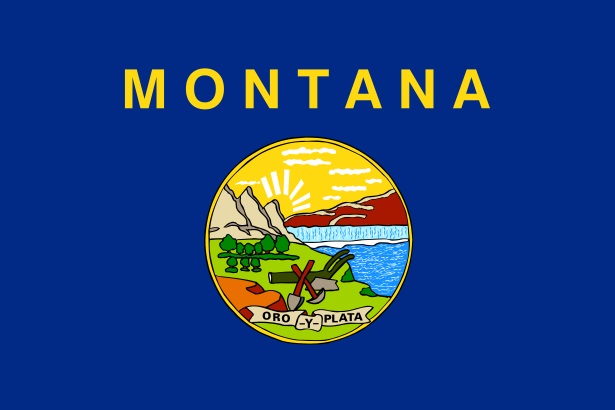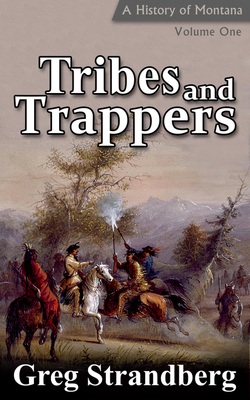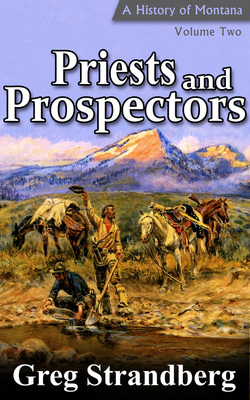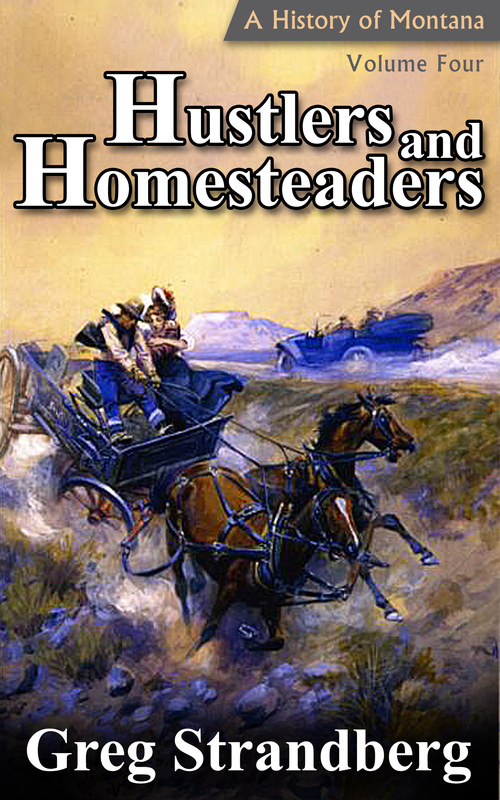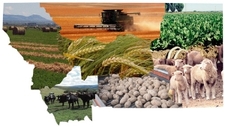
Now we have a lot of oil and gas exploration going on. Coal is still a big part of the state’s economy, and probably will be for some time to come.
But does that mean we have to like it? No, but instead of complaining about it incessantly, why not offer up solutions for how things could be done differently?
There’s so much talk about bringing clean and green businesses to Montana, but how do we actually go about doing that?
Let’s look at these 5 steps:
#1 – Attract and Keep Talented Workers
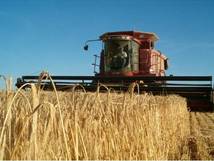
This should come as no surprise to anyone that knows Montana’s history – we’ve always had famous people in Montana.
It’s talented, educated, and ambition workers, and the great quality of life they want, that companies are looking for when choosing locations. Montana and Missoula has those things.
State and local governments all think low taxes and less regulation are the answer, yet companies don’t have that real high on their lists. And the workers that work for them? They could care less.
Those companies would much rather pay their fair share of taxes if they know they’re being spent in a reasonable manner, on things that will benefit their workforce and their company, like education, infrastructure, and culture.
That’s what makes their workers happy, and happy workers are more productive.
#2 – Promote Our Quality of Life
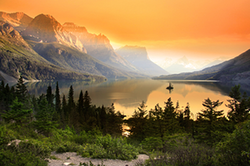
Why do you think so many people from California are moving here? They can make more money and find a friendlier business climate in their own state, but they want the quality of life that comes here. People in the other 48 states are saying the same thing.
Part of a good quality of life consists of reasonable living expenses. That means housing that people can afford (including renters), public schools they can count on to provide the same quality of education they got elsewhere, and a vibrant cultural scene.
What makes a vibrant cultural scene? Well, I spent 5 years in Shenzhen, a city created from a fishing village and turned into a metropolis of 13 million people in just 20 years. The place had no culture because it’d grown up so fast.
Here in Missoula we have a great cultural base in our symphony, museums, restaurants, bars, and parks and outdoor opportunities. History is an integral part of culture, and we’ve got a rich history here in Montana and the Missoula valley.
#3 – Fund Our Universities and Allow Citizen Oversight
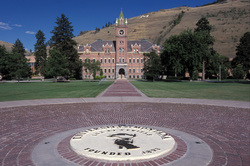
If the legislature is going to be funding the university system more, and hopefully with a purpose of alleviating this mountain of student loan debt we foist upon the backs of our young people, then they’ve got to have some say in how that money’s spent.
If you want a hotbed of economic growth, you’ve got to have a strong university. Well, it’s not necessary, but it sure makes things easier.
In Missoula we have that, but right now we’re being trounced by Bozeman, which is doing much better than us this year in both enrollment and now funding because of it.
One problem that we have in Missoula is an industrial legacy that’s really no more, and which is trying to come to grips with this new world. When that Stimson lumber mill in Bonner closed down it left a lot of people not knowing what to do, and that’s still the case years later.
These are struggles we have to deal with, and for many even our 2-year colleges don’t seem an option. I don’t have all the answers for this one.
#4 – Encourage Our Culture, Arts & Entertainment
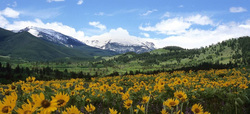
Some might. Missoula is pretty good with this, and so is Bozeman. Those metro areas that fuel their arts and culture programs either with funding or other forms of support will do better economically than those that don’t.
The long-term benefits outweigh the short-term costs, as seen in a classic example of the Pictograph Caves near Billings. There in the 1960s members of the city council didn’t want to invest money in a tourist site, something that would have cost a few thousand dollars.
Mayor Willard Fraser of Billings got his way and made the site. By the 1990s it had had more than 50,000 paying visitors.
#5 – Invest in Our Infrastructure to Cut Production Costs
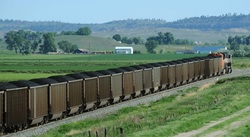
Here are areas that can be looked at:
- Air: We need to get our people and products out of the state quickly, and we also need to get them back quickly. Fast and efficient air transport that allows us to connect with the rest of America in hours and the world in a day is critical for a more globalized and interconnected economy.
- Rail: Sensible rail policies are two-pronged. First you have freight, and if the state is going to continue to see a wealth of money come from resource extraction then we’ve got to fund and put into the infrastructure those businesses need to operate quickly, efficiently, and most of all, safely. Second, passenger transport has been neglected for far too long. We’ll never have the ability to get off our dependence on fossil fuels if we’re not giving people the option to get to other major cities in something other than a car. Start small and begin connecting the five large metro areas – I know the federal money is there.
- Roads: Rural roads really need attention and they don’t get it enough. The same goes for bridges, of which we have many in the state. Most of those are small and crossing streams, but they need work. Cities need more money to deal with snow and ice and potholes. I don’t care if it costs money to keep those machines dormant 6 months of the year – in winter I want those damn things on the street working.
- Buses: We need serious work on our urban bus system. Helena is a fine example where a lot of people would drive less and have more money to put into restaurants, shops, and theatres if they weren’t spending so much on gas. Buses can also encourage a more centralized development strategy long-term, which again reduces our dependence on fossil fuels, and in a willing manner initiated by concerned citizens when they make the choice to use alternate forms of transportation.
I hope Montana will act on these 5 points so that we can get better paying and more secure jobs here in Montana, jobs that ensure our young people don’t have to leave the state.

